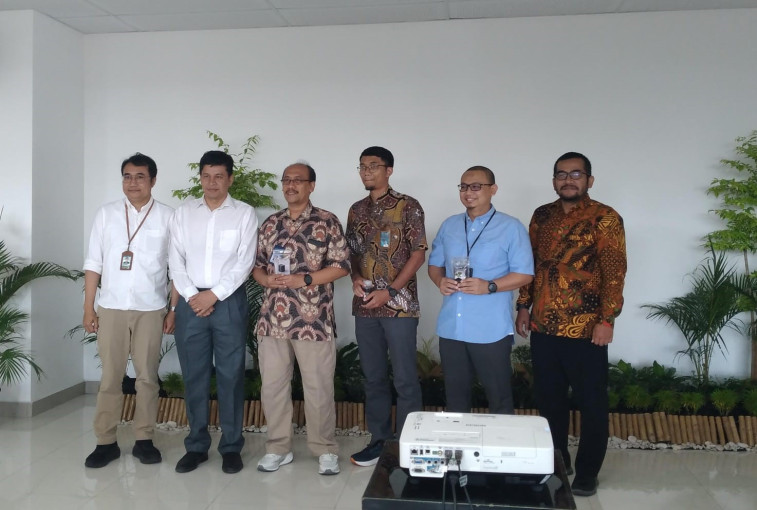
In a bold move towards sustainable innovation, the UGM Faculty of Engineering researchers have breathed new life into low-calorie coal from Peranap, Riau.
With coal production soaring to 627.24 million tons in November 2023, a surge in supply prompts the government to consider exporting amidst declining market prices. The spotlight turns to low-calorie coal, traditionally perceived as having lower market value.
Led by Professor Ferian Anggara, the UGM research team has successfully metamorphosed low-calorie coal compounds into humic acid products, introducing a high-value aspect to the coal industry.
Humic acid, a vital humus component—rich, fertile soil—is typically obtained by extracting leached organic matter in the humus.
However, the UGM research pioneers a breakthrough method, deriving humic acid from the processing of low-calorie coal. This humic acid boasts the potential to elevate soil fertility for plant growth.
Professor Anggara’s research uncovers a transformative process: extracting one ton of Peranap coal yields 50% humic acid, equivalent to 500 kilograms. The coal processing journey, from grinding and extraction to drying, delivers various humic products.
The primary humic acid product exhibits a dry basis content of 45.12% and a water content of 11.65%. Supplementary by-products include liquid fulvic acid and briquettes, while the residual processed material retains significant calorie content and can serve as coal.
“It’s essential to clarify that this humic acid doesn’t function as fertilizer. Intensive fertilization can lead to soil hardening over time. Soil requires not only fertilizers but also enhancers, specifically humus. Humic acid embodies this humus, contributing crucial carbon elements with multifaceted functions,” Professor Anggara emphasizes.
Humic acid’s benefits in the planting medium encompass enhanced nutrient absorption, water retention, and increased cation exchange capacity. Furthermore, in combating hardened and saturated soil, humic acid promotes permeability, facilitating the removal of unwanted compounds.
“The soil maintains a certain porosity instead of hardening. This symbiosis enables air penetration and carbon infusion, creating an environment conducive to optimal plant growth,” Professor Anggara added.
The estimated market potential for humic acid is projected to meet the demands of 50 million hectares of land, with expectations for continuous growth.
While yet to be fully realized, this projection aligns with the productive land in Indonesia and the total annual humic acid production. Anticipated humic acid production from coal, particularly Peranap coal, is forecasted to reach 400,000 tons annually.
Presented on Tuesday (Dec. 19), the research findings unveil a landscape of promising potential.
Moreover, this initiative aligns seamlessly with the Coal Value Added Program outlined in Law Number 3 of 2020 concerning coal development and utilization.
The program seeks to revitalize the declining coal industry amid the ongoing shift towards eco-friendly energy sources. PT Bukit Asam, the proprietor of the Peranap IUP, acknowledges the challenge of coal sales in the face of escalating production.
“This collaboration is intricate, relying on the synergy between the government, research institutions, and industry stakeholders. It requires cooperation that has already been initiated. An industry devoted to producing humic acid—hopefully, this isn’t the final chapter,” he expressed.
“The aspiration is for full realization and a substantial impact on the agro-industry, reaching international markets.”
Author: Tasya

